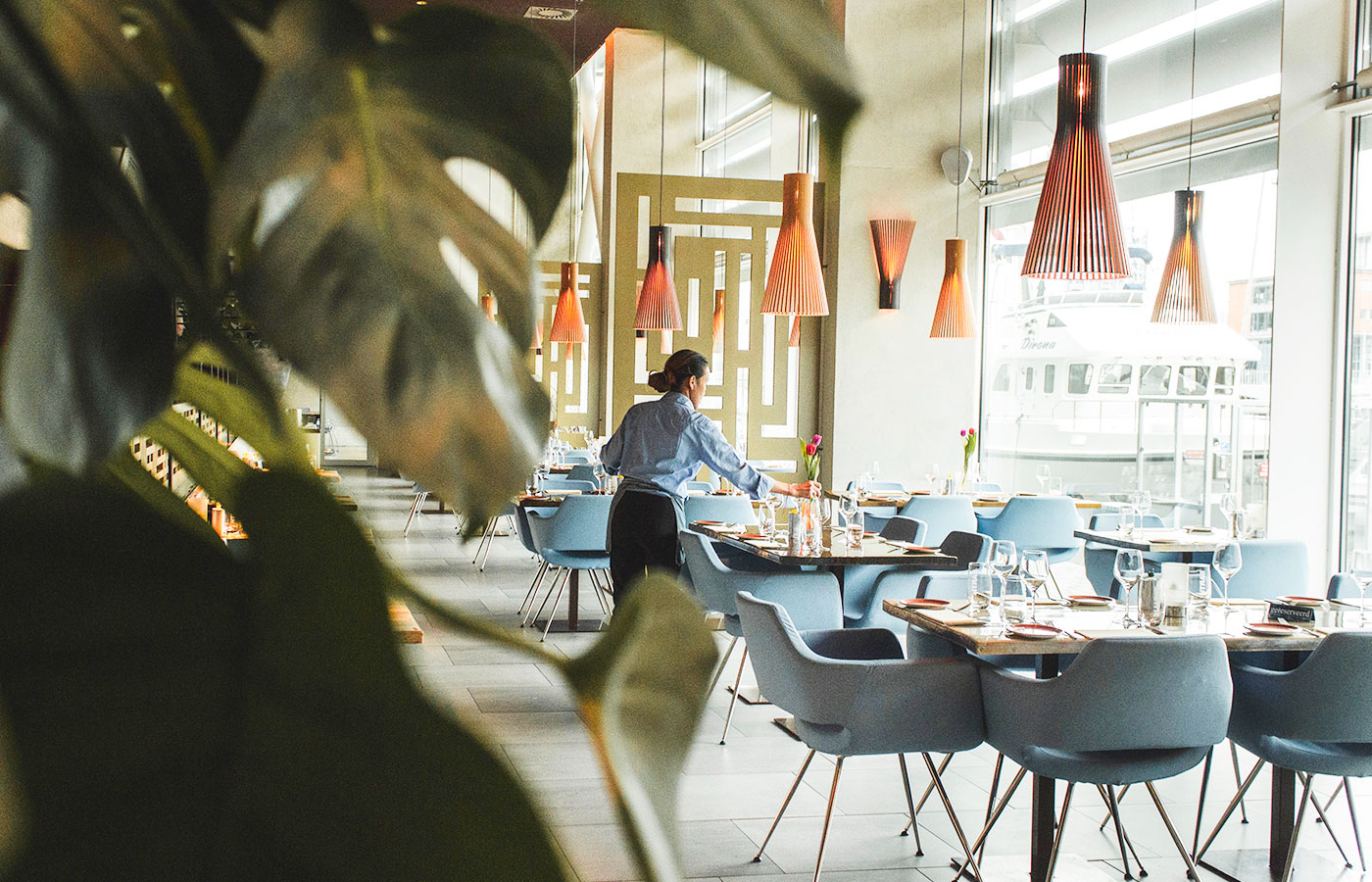Stress has become a constant companion for many; a pervasive element that often feels inescapable. However, there are simple, delightful ways to release this stress and invite serenity into our lives. These activities, akin to soul food, nourish our being, offering a tranquil escape from the daily grind. If you’re short on ideas, here are a few to get you started.
- Watch a sunset: There’s something inherently calming about watching the day come to a close. The vibrant hues of a sunset are not just a visual feast but also a reminder of nature’s cyclical beauty. It’s an opportunity to reflect, unwind, and appreciate the passage of time.
- Swimming in the sea: Immersing oneself in the vastness of the sea is a humbling and invigorating experience. The rhythmic sound of waves and the sensation of water enveloping your body can be incredibly soothing, offering a sense of release and freedom.
- Practice yoga: This ancient practice combines physical postures, breathing exercises, and meditation, promoting both physical and mental wellbeing. Yoga helps in managing stress, improving flexibility, and fostering an overall sense of balance.
- Listening to your favourite song on repeat: Music has a profound impact on our emotions. Playing your favourite tune can be a therapeutic experience, elevating your mood and sometimes, offering a much-needed catharsis.
- Connect with creativity: Engaging in creative activities such as painting, writing, or crafting can be deeply fulfilling. It’s a way to express oneself and find a sense of peace in the act of creation.
- Get in the garden: Tending to plants, feeling the soil between your fingers, and watching something grow is a grounding experience. Gardening not only brings you closer to nature but also imparts a sense of accomplishment and tranquillity.
- Take yourself off for an adventure: Sometimes, a change of scenery is all you need to break the monotony and rejuvenate. Whether it’s a day trip to a nearby town or a hike in the hills, adventures can refresh your perspective.
- Walk in nature: A leisurely walk amidst nature is a simple yet effective stress buster. The tranquillity of natural surroundings, the fresh air, and the gentle pace of walking are all conducive to relaxation and reflection.
- Have a bath: A warm bath can be a sanctuary of calm. It’s a private retreat where you can unwind, perhaps with some aromatic oils, to soothe your senses and wash away the stress.
- Read a book: Escaping into the world of a book is a timeless form of relaxation. Whether it’s fiction, non-fiction, or poetry, reading not only entertains but also provides a welcome respite from the outside world.
- Going on a picnic: There’s something quite delightful about a picnic. It combines the joys of tasty food, the beauty of the outdoors, and the pleasure of company, all of which can contribute to a sense of well-being.
- Volunteering for a charity: Helping others can have a profoundly uplifting impact on your mental health. Volunteering offers a sense of purpose, connection, and the joy of making a difference.
Incorporating these activities into your life needn’t be a grand undertaking. Even small doses can have a significant impact. The key is to find what resonates with you and make it part of your routine. In doing so, you’ll find that these simple pleasures are not just activities, but nourishment for the soul, enabling you to welcome more calm into your life.






